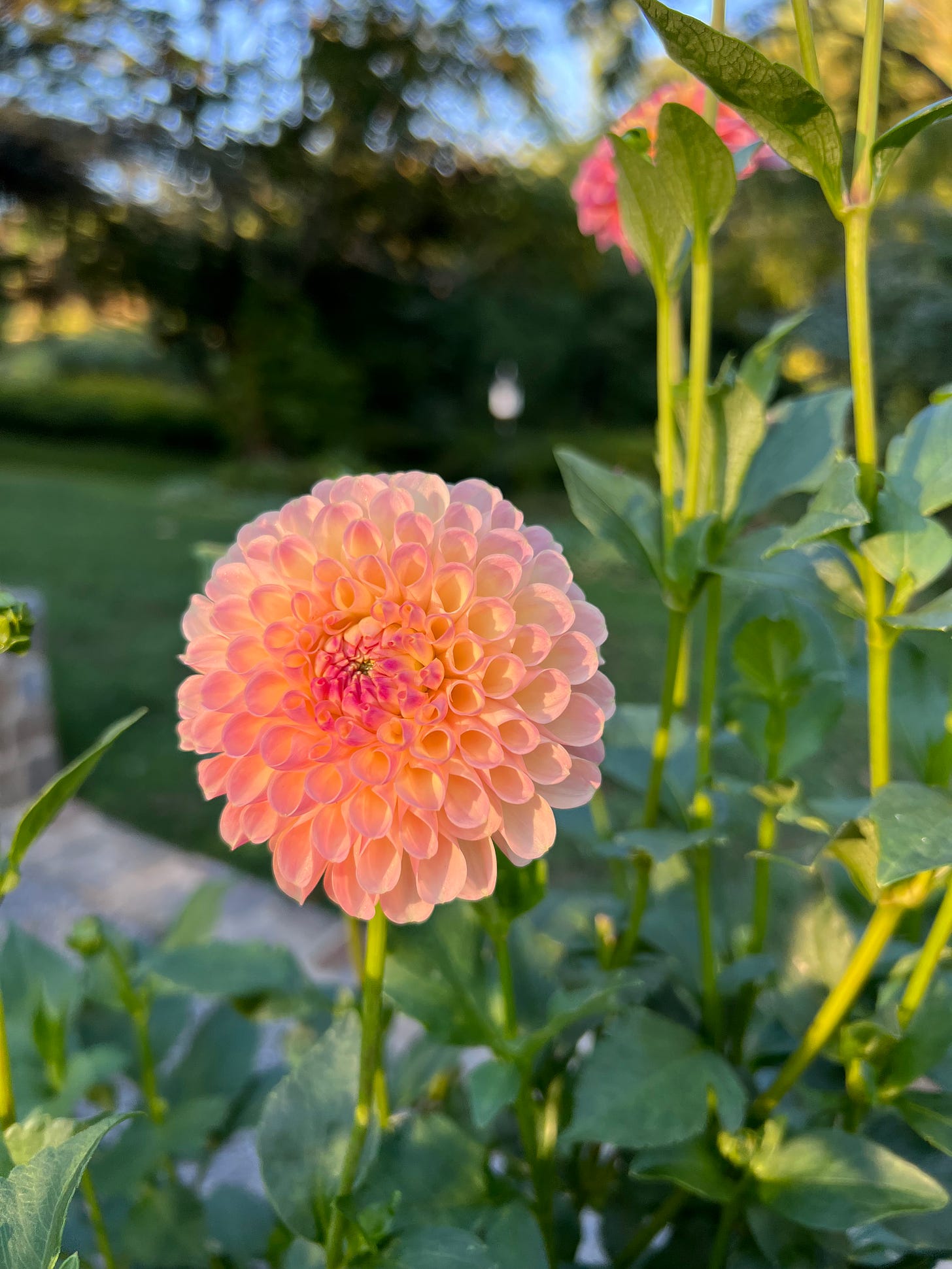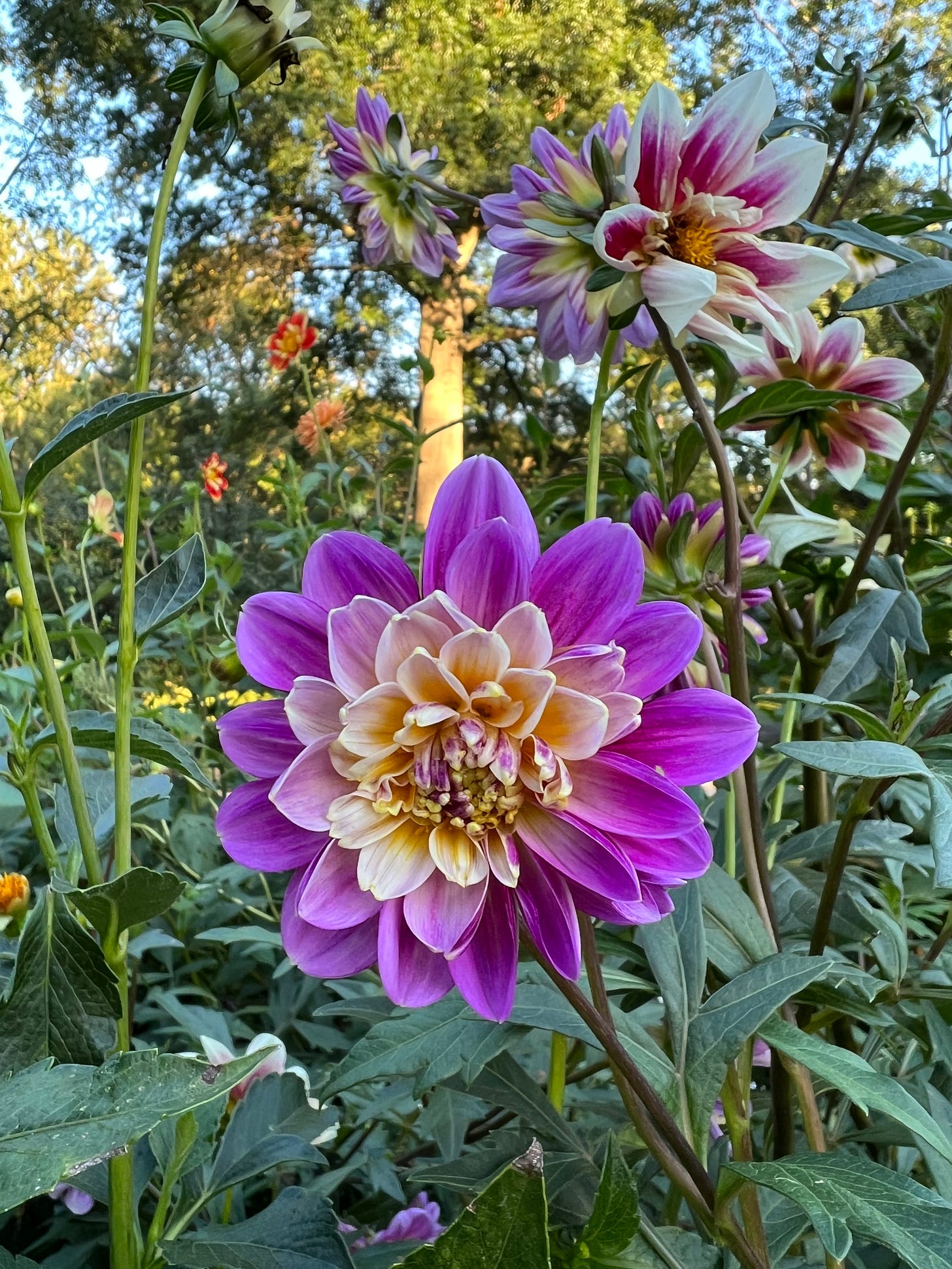As I sat down to write this piece, a rainbow scarab beetle (Phanaeus vindex) came crashing onto the porch and hit the floor. It furiously beat its wings, which resulted in small progress and several flips from upside down to upright and back again. When it settled on its feet, I took its picture:
I wondered what it was doing here, what caused all the commotion. I’d heard it smash into something, maybe the window or the outside wall of the house or the porch ceiling, before it fell to the ground. Compared to the natural world, buildings are unforgiving. I don’t know whether or how often beetles crash into tree trunks, but, as every golfer knows, even big trees are ninety percent air. Most walls are one hundred percent wall.
When we humans do things, we tend to go all the way. A recent report states that we have crossed six of nine planetary boundaries—limits that delineate our ability to survive as a species on Earth—and who can doubt we’ll blow through the remaining three before long?
A recent Scientific American article explains:
Since its initial presentation, the planetary boundaries model has drawn praise for presenting the various intertwined factors—beyond climate change alone—that influence Earth’s habitability. Carbon dioxide levels are included in the framework, of course, but so are biodiversity loss, chemical pollution, changes in the use of land and fresh water and the presence of the crucial elements nitrogen and phosphorus. None of these boundaries stands in isolation; for example, land use changes can affect biodiversity, and carbon dioxide affects ocean acidification, among other connections.
The article, paraphrasing lead researcher Katherine Richardson, describes planetary boundaries as “a way to easily understand how much humans are taking from Earth.”
Taking from Earth is literally what humans do, although we rarely think about it that way. Walk into the nearest Wal-Mart or Target or Saks Fifth Avenue or Cartier. All that stuff directly or indirectly came from the ground. Now remind yourself that eight billion people have that stuff or want more of that stuff, and you see the problem we have created for ourselves.
What we don’t have we often want to control, and the well-meaning backyard steward is not immune. Two years ago, I hired some Amish guys to build a shed using virtually all natural materials and no treated lumber. It’s beautiful, but to much of the natural world it presents nothing but an obstacle. That may be how the rainbow scarab felt about the house. It crashed and crashed and flipped and flopped. Maybe it will still go on to find a mate or locate the dung its larvae need to survive, but the presence of my house sure didn’t help.
The story of life, of course, is also the story of death, so there’s little use crying over a single beetle. The problem is we keep taking and taking.
You must be bored to death by now hearing about my battles with invasive Japanese stiltgrass and porcelainberry and mile-a-minute vine. The easy solution to it all would be the proverbial scythe, nowadays known as the mower. The scythe is the tool of the Grim Reaper, who cuts us down as the farmer harvests wheat in the field. Neither the mower nor the scythe discriminates. All fall to their blades.
And that’s the problem for those of us who do want to discriminate, to grow and encourage those things in nature that meaningfully support human life. To go after invasive plants this time of year often means neatening up—mowing areas we didn’t mow all summer, string trimming the wilder places where invasive species threaten to overwhelm the balance we seek.
Last weekend, our daughter paid us a visit, which is how we ended up making a quick run to the ice cream shop in town in anticipation of dessert, heading home with thunderstorms threatening. It was dusk as we pulled through the gate, the interstitial time when so much wildlife goes on the move. Sure enough, a thick snake slithered across the driveway in front of my car. I hit the brakes and jumped out, but I spooked the animal (and it spooked me) before I could snap a picture. It practically jumped in the air, then dove into the leaf litter below a large American holly. It may have been a northern watersnake (Nerodia sipedon), but I never got a great look at it.
More to the point, I haven’t seen that snake all summer, despite that fact that it, too, lives here. Things live in the grasses we’ve let grow, among the invasives we’ve discouraged as well as the natives we’ve promoted. When we bring out the mower—the scythe—in order to clean up, to get the stiltgrass before it sets seed, to kill the porcelainberry before it goes woody, how many lives do we cut down in the process?
This thought sobers me. It depresses me, to be honest, makes me feel hopeless at times. Nature follows its own rhythms. Rainbow scarab beetles fly by instincts that formed hundreds of millions of years ago, when there were no houses to crash into, no mowers to dice their larvae.
Now, as the change of seasons approaches, the animals that need to fatten up for winter are feeding voraciously in the spaces we steward and beyond. The ones that need to lay eggs for spring’s generation are madly mating. We take steps to encourage them to remain, yet we’ve convinced ourselves that for their long-term survival we must mow. How many do we unwittingly kill in the process?
The scarab beetle left the porch. I will never know what happened to it.
The barn meadow glows in late summer:
Native sassafras (Sassafras albidum) leaves begin to turn their characteristic burgundy:
Late-flowering native white snakeroot (Ageratina altissima) blooms along the upper pond path:
Beside the big pond, native sour gum aka black tupelo (Nyssa sylvatica) has also begun to change color:
Pam’s dahlias, native to Mesoamerica and South America, show off in the raised beds:












